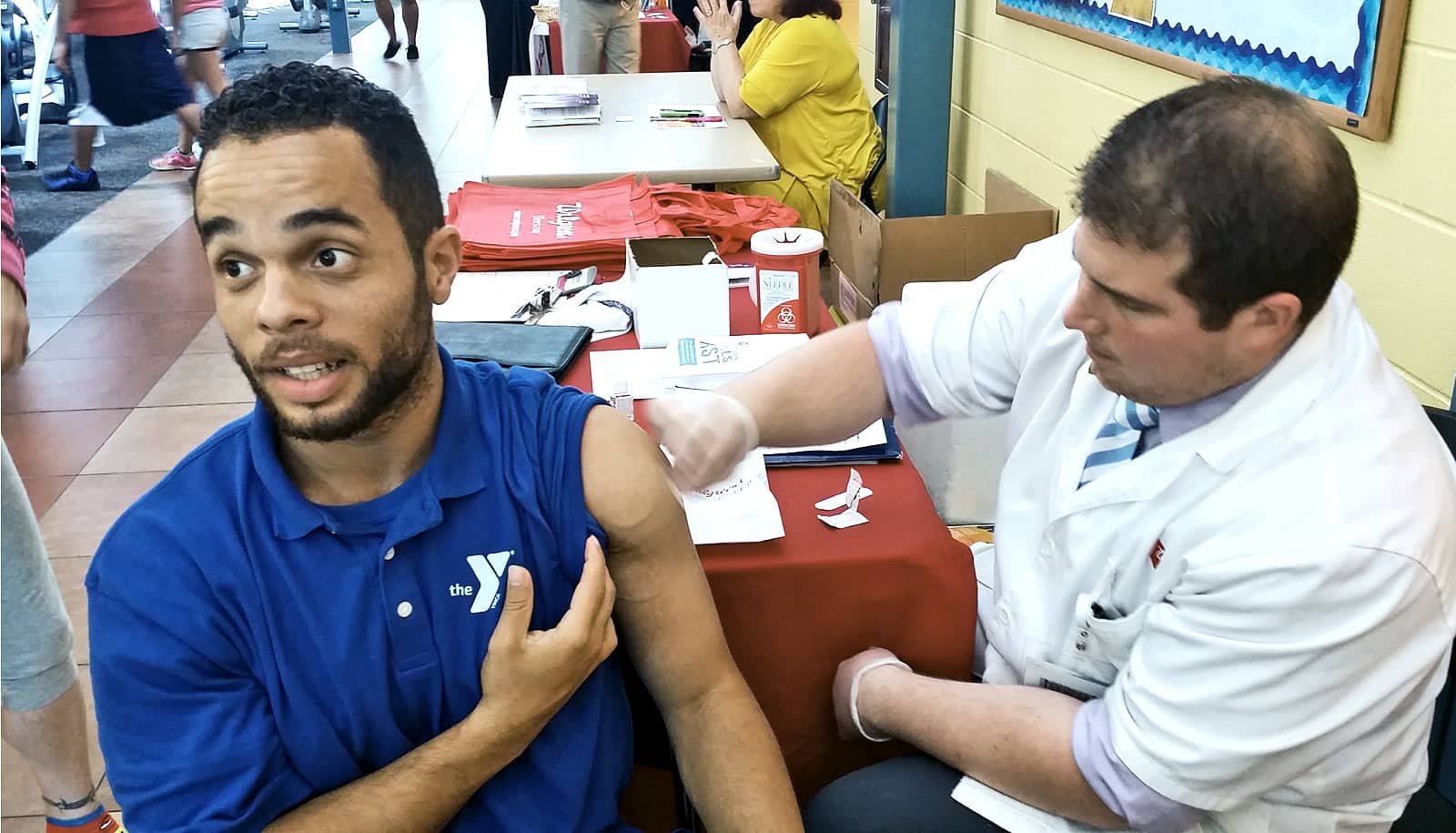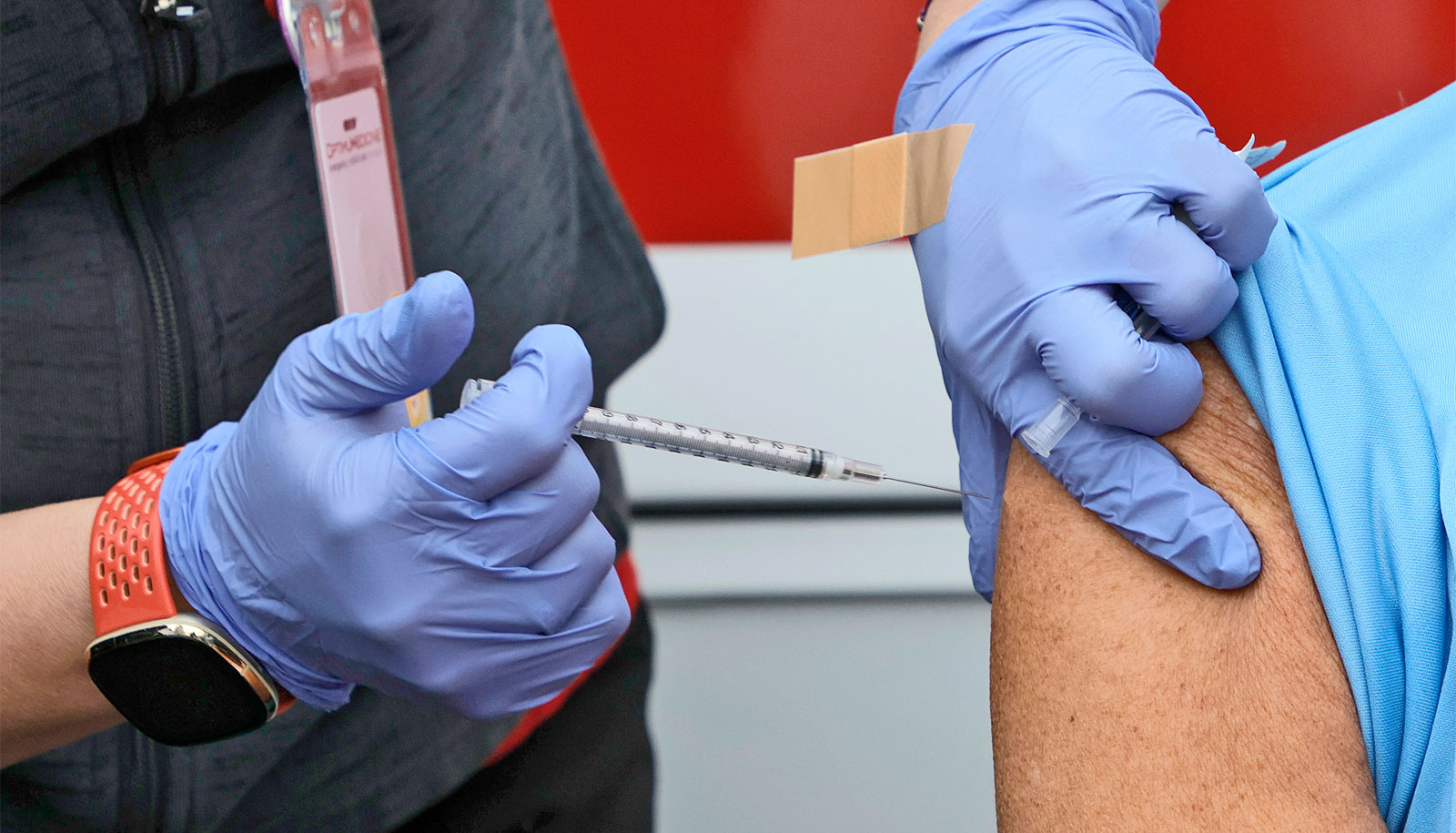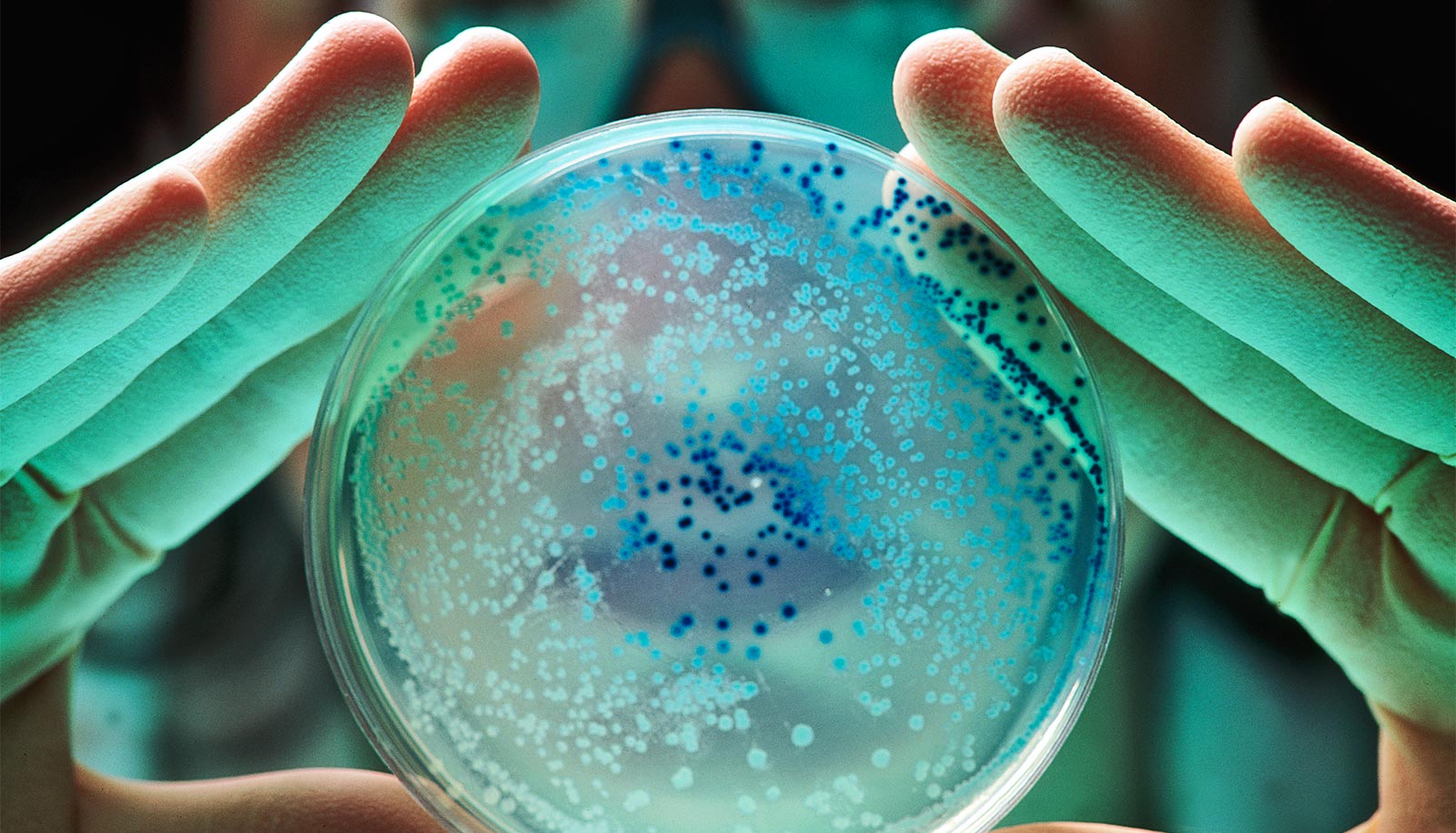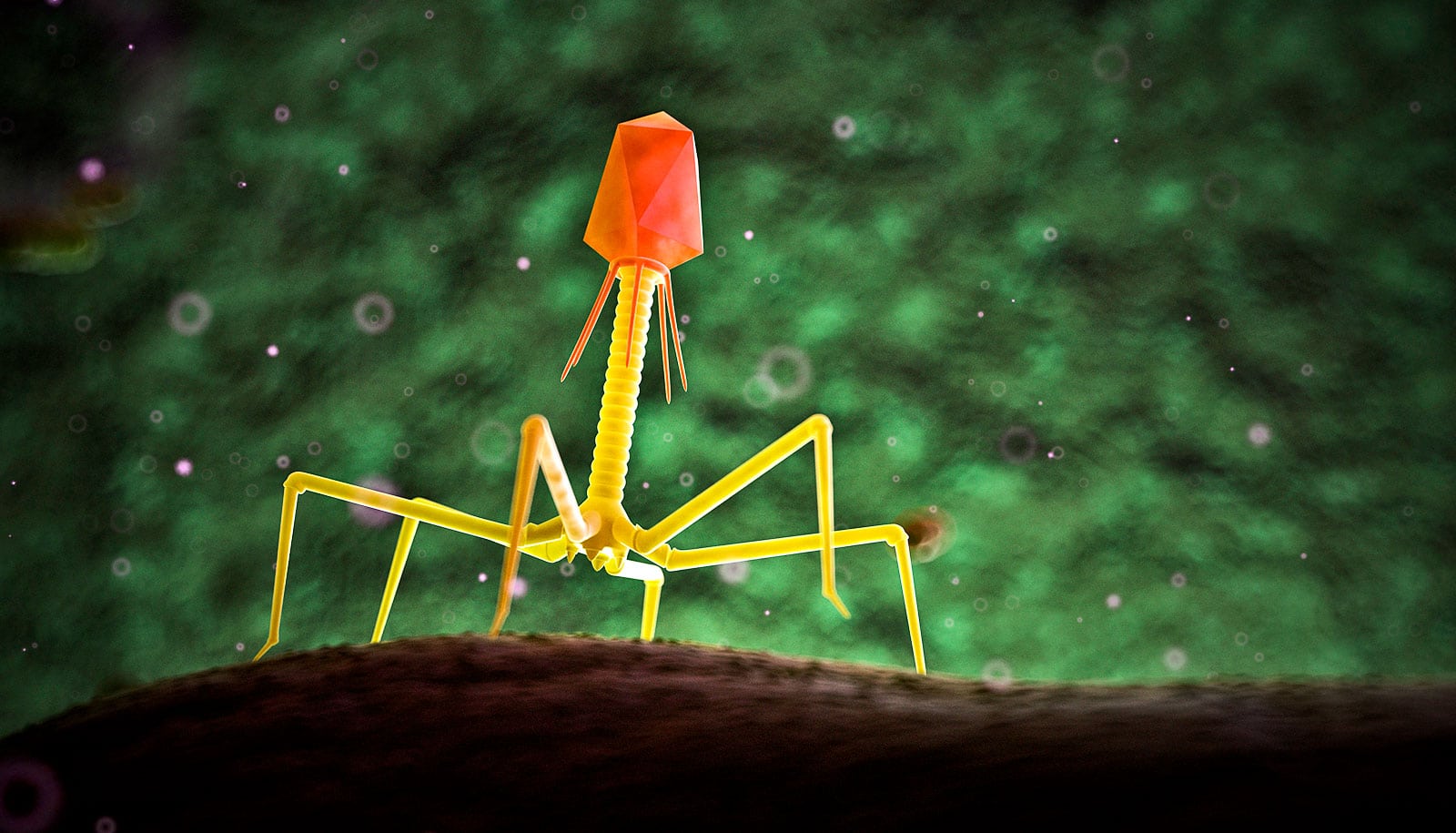Immune history with the flu influences a person’s response to the flu shot, according to a new study examining why the influenza vaccine was only modestly effective in recent years.
Vaccine design and production often take the blame for the flu vaccine’s low effectiveness. Sometimes the flu strains chosen for the vaccine are a poor match for those that end up circulating in the public, especially in years when the H3N2 strain predominates. The majority of flu vaccines given around the world are also grown in eggs, which can cause the virus to mutate and differ from circulating strains, and thus become less protective.
In 2012-13, the H3N2 component of the flu vaccine was effective in just 39 percent of people. That season, public health officials believed that adaptations in egg-grown vaccines were the problem. Poor immune responses—not egg adaptions—may explain the low effectiveness of the vaccine that year, according to the study, which appears in the journal Clinical Infectious Diseases.
“Egg adaptations have variable effects,” says Sarah Cobey, assistant professor of ecology and evolution at the University of Chicago and lead author of the study. “Sometimes they matter and sometimes they don’t, but what seems to make the most difference is immune history.”
Immune history
What’s at play seems to be a phenomenon known as “original antigenic sin.” Flu vaccines are designed to get the immune system to produce antibodies that recognize the specific strains of the virus someone may encounter in a given year. These antibodies target unique sites on the virus, and latch onto them to disable it. Once the immune system already has antibodies to target a given site on the virus, it preferentially reactivates the same immune cells the next time it encounters the virus.
This is efficient for the immune system, but the problem is that the virus changes ever so slightly from year to year. The site the antibodies recognize could still be there, but it may no longer be the crucial one to neutralize the virus.
Antibodies produced from our first encounters with the flu, either from vaccines or infection, tend to take precedence over ones generated by later inoculations. So even when the vaccine is a good match for a given year, if someone has a history with the flu, the immune response to a new vaccine could be less protective.
An additional factor may complicate this story: the vaccine could be inducing a weak immune response in many who receive it.
“We see that both vaccinated and unvaccinated people were infected with similar flu viruses and that the vaccine didn’t elicit a strong immune response from most people in our study,” says coauthor Yonatan Grad, assistant professor of immunology and infectious diseases at the Harvard T.H. Chan School of Public Health.
Are egg adaptations to blame?
Researchers often test the relationship between different flu strains, or how well infection or vaccination to one strain protects you from infection with another, in lab animals like ferrets. In 2012-13, ferrets immunized with the egg-adapted strain had an antibody response that reacted poorly with that season’s circulating H3N2 strains. Thus, officials believed egg adaptations were the culprit that year.
How to avoid spreading the flu at work
But when Cobey, Grad and their colleagues analyzed blood samples from people who got vaccinated that year, they saw no differences in antibody responses to the vaccine or circulating strains. It seems that their immune systems didn’t bother to recognize the differences from the egg mutations because they already recognized so many other sites on the vaccine strain.
“Imagine influenza viruses are like different makes and models of cars,” says Grad. “The ferrets, which hadn’t seen influenza before, learned to tell the difference between closely related strains—like telling the difference between a Honda Civic and a Toyota Camry. But people didn’t distinguish between them and instead just saw cars.”
That’s not to say egg adaptations don’t always matter. In a separate study from 2017, Cobey and a team led by researchers from the University of Pennsylvania found that egg adaptations did cause mismatches in the most common vaccine given in 2016-17—another rough season dominated by H3N2.
Egg adaptations may be a factor during this year’s record-breaking flu season as well. H3N2 is again the predominant strain making people sick, and the most common vaccine is the same one from last year with its potentially problematic egg adaptations.
There is an alternative, however. New vaccines grown without eggs, either in insect cells or dog kidney cells, are much less prone to developing mutations that can make them less protective against the flu. Until now they have been more expensive, but the researchers hope continuing research will help shift the focus to these more effective vaccines.
How immune system ‘scars’ make flu more deadly
Funding for the work came from the National Institute of Allergy and Infectious Diseases, the Burroughs Wellcome Fund, the Smith Family Foundation, and the Doris Duke Charitable Foundation.
Source: University of Chicago



